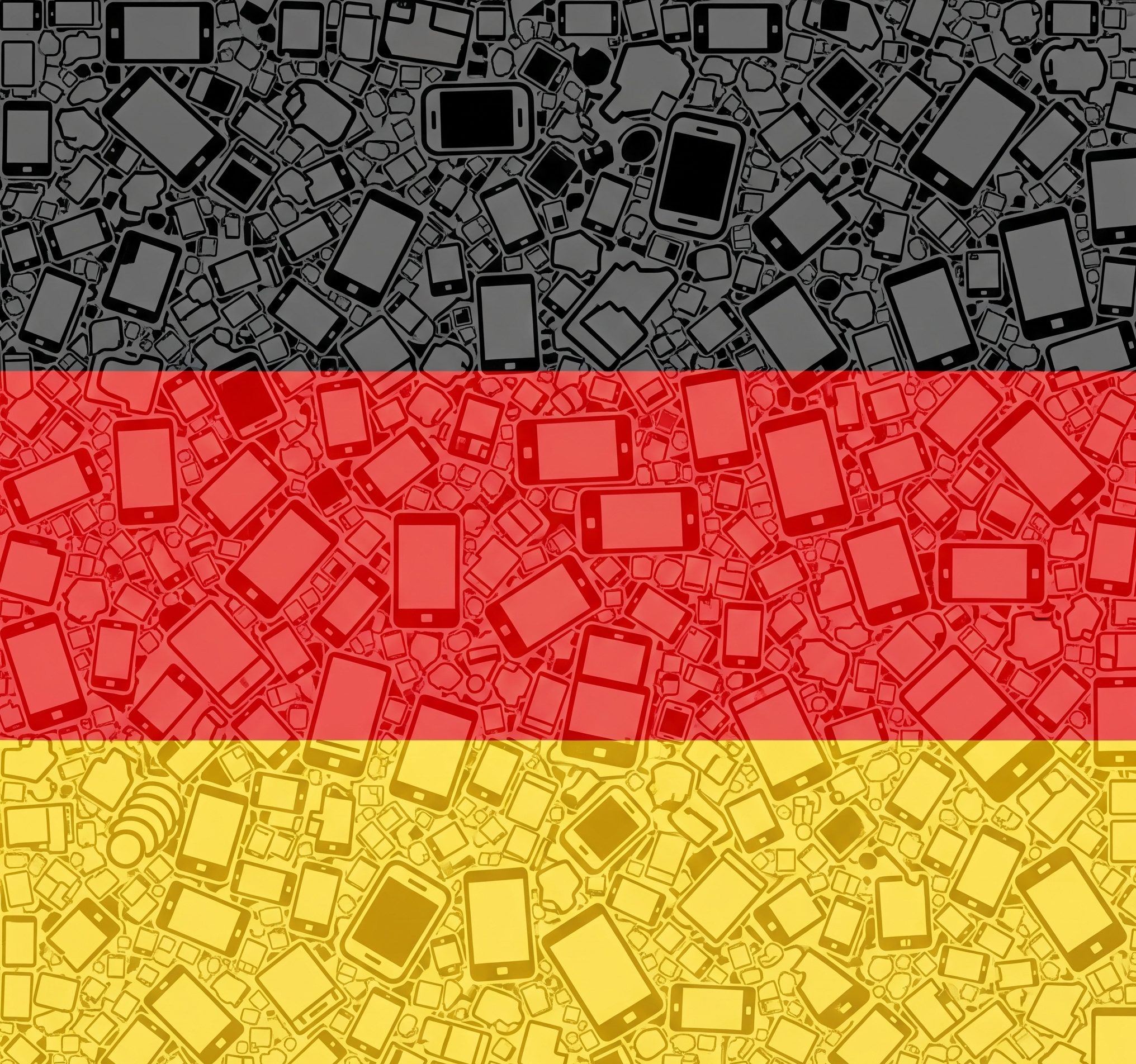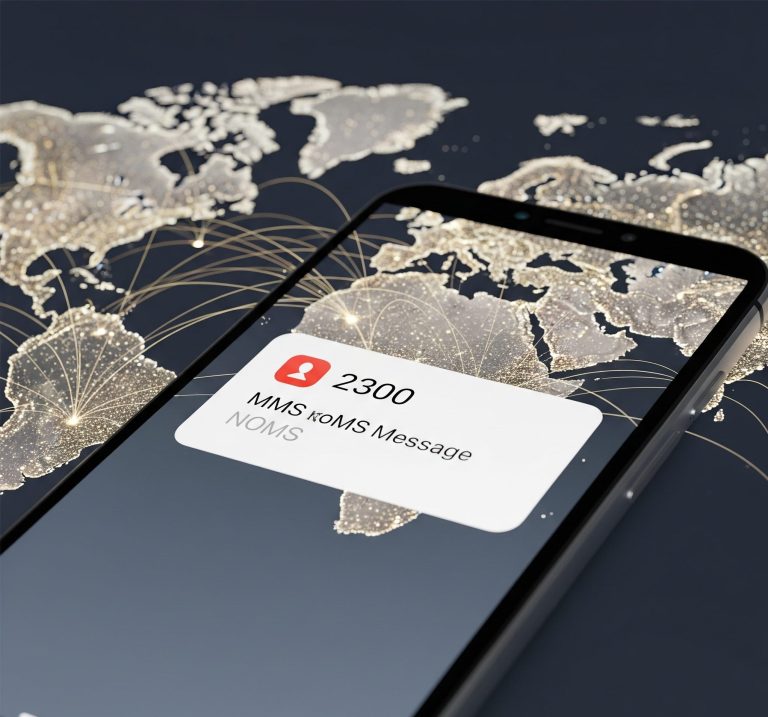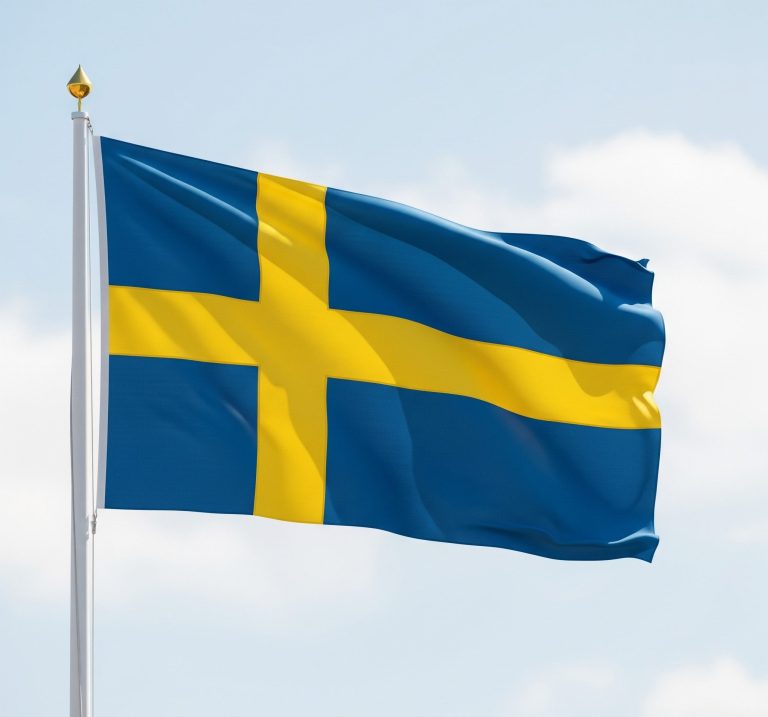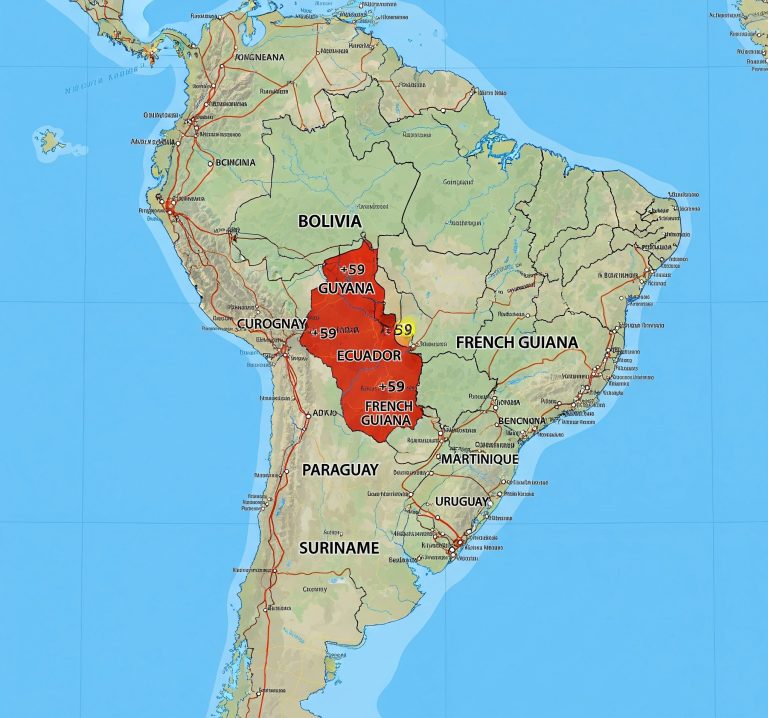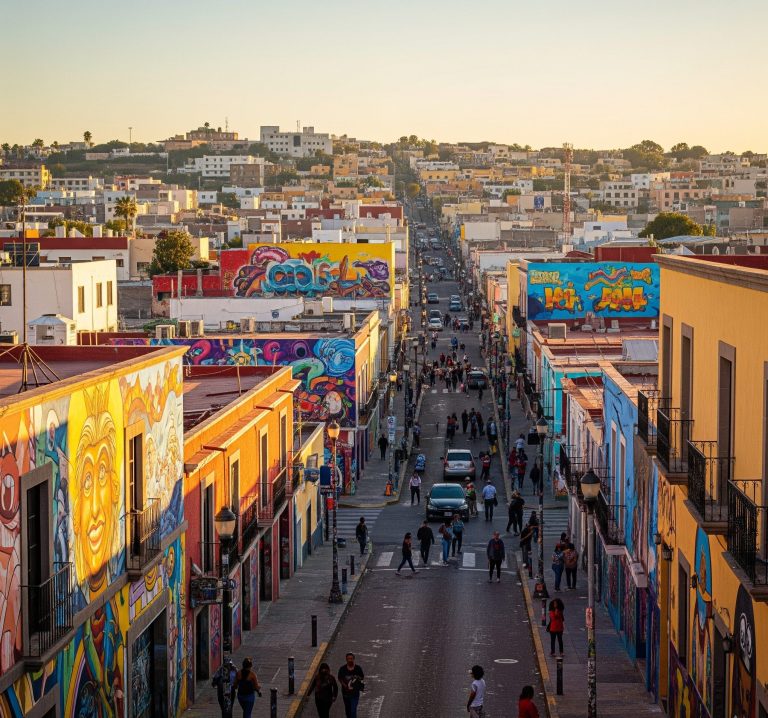In our increasingly interconnected world, international communication is a daily reality for many Americans. From connecting with family and friends abroad to conducting vital business with international partners, understanding how to dial overseas is paramount. While most people are familiar with common country codes, the mention of country code 491 can sometimes lead to confusion. This article aims to demystify this particular sequence of numbers, providing a clear explanation for American callers.
Contents
What is a Country Code, Anyway?
Before we delve into country code 491, let’s quickly recap what country codes are and why they exist. International dialing codes, also known as country calling codes, are prefixes used when making phone calls to another country. They are an essential component of the global telephone numbering plan, established by the International Telecommunication Union (ITU). These codes streamline the process of routing calls across international borders, ensuring that your call reaches the intended recipient in the correct country.
Each country, or in some cases, a group of countries or specific regions, is assigned a unique code. For instance, the United States and Canada share the country code +1, while the United Kingdom uses +44, and France uses +33. When you dial an international number, you typically begin with your international access code (011 from the U.S.), followed by the country code, then the area code (if applicable), and finally the local number.
The Curious Case of Country Code 491
If you’ve encountered the sequence 491 and believe it to be a standalone country code, you’re not alone in your confusion. The truth is, 491 is not a distinct country code assigned to a sovereign nation by the ITU. There is no country in the world that exclusively uses 491 as its primary international dialing prefix.
This often leads to puzzled expressions and failed call attempts for those trying to reach someone overseas. The misunderstanding typically arises from how international phone numbers are structured, particularly for mobile phones or specific regional landlines within certain countries.
Germany’s Connection: Beyond Just +49
The key to understanding the appearance of 491 lies with Germany. The actual country code for Germany is +49. However, within Germany’s national numbering plan, mobile phone numbers often begin with a ‘1’ after the initial ‘0’ (which is dropped when dialing internationally).
For example, a German mobile number might be written as 017x-xxxxxxx domestically. When dialing this number from the United States, you would drop the leading ‘0’ and add the country code +49. So, it would become +49 17x-xxxxxxx. Here, the ‘1’ that follows the +49 is not part of a separate country code but is, in fact, the first digit of the mobile phone’s national subscriber number or a specific mobile network prefix within Germany.
Therefore, when you see a number formatted as something like +491-XXXXXXXX, the “1” is a component of the German mobile phone number itself, rather than a separate country code. It signifies a mobile number within Germany, not a different country code altogether.
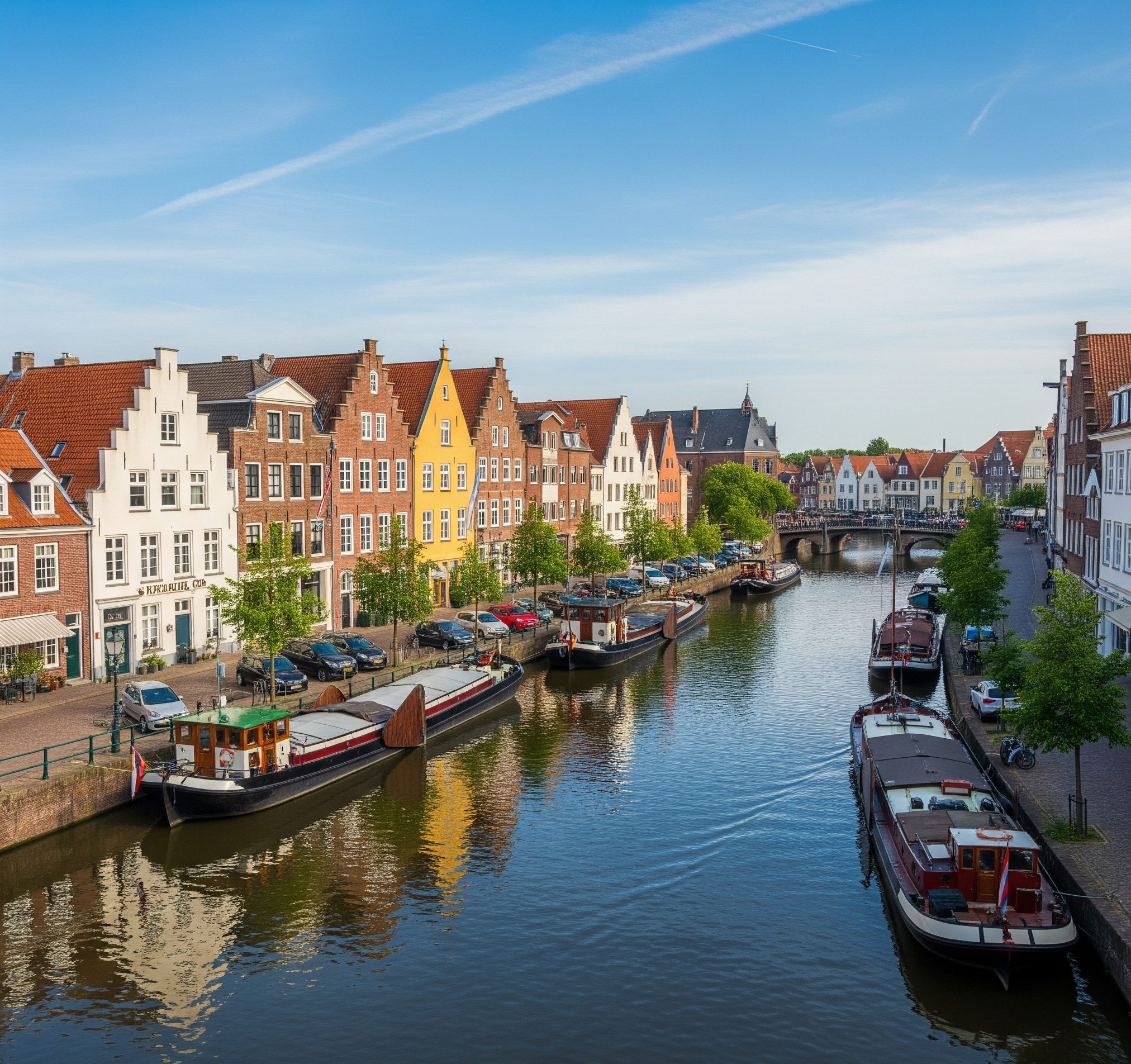
Other Contexts Where “491” Might Appear
While the primary association for Americans encountering 491 is often with German mobile numbers, it’s worth noting that digit sequences can appear in various contexts within global telecommunications:
- Area Codes within Countries: Some countries might have an internal area code that happens to be “491”. For example, Oskarshamn-Hogsby in Sweden uses the area code 491. However, to call a number in Oskarshamn-Hogsby from the U.S., you would first dial Sweden’s country code (+46), then 491, and finally the local number.
- Special Services or Non-Geographic Numbers: In rare instances, specific international organizations or specialized telecommunication services might utilize non-geographic number ranges that could, coincidentally, begin with or incorporate the digits “491”. However, these are exceptions and not indicative of a general country code.
- Misinterpretations or Typos: Sometimes, the appearance of country code 491 can simply be a result of a typographical error, a misunderstanding of a foreign number format, or even a deliberate misdirection. Always double-check the full international number provided to you.
How to Correctly Dial Germany from the U.S.
To avoid any confusion with country code 491 and successfully connect with someone in Germany, here’s the correct dialing procedure from the United States:
- Dial the U.S. International Access Code: This is typically 011.
- Dial the German Country Code: This is always 49.
- Dial the Area Code (without the leading 0): For German landlines, area codes start with a ‘0’ domestically, but this ‘0’ is dropped when dialing from abroad. For mobile numbers, as discussed, they often start with a ‘1’ after the initial ‘0’, which is also dropped.
- Dial the Local Number: This is the remaining digits of the phone number.
Example for a German landline: If a German landline number is given as 030 12345678 (Berlin), you would dial: 011 49 30 12345678.
Example for a German mobile number: If a German mobile number is given as 0171 9876543, you would dial: 011 49 171 9876543.
Notice how in the mobile example, the “171” follows the “49”. This is where the confusion around country code 491 often originates, but it’s crucial to remember that the “1” is part of the national number, not a separate country code.
Conclusion: Clarity in Communication
While the concept of country code 491 as a standalone entity is a misconception, understanding its context is vital for seamless international communication, particularly for American callers engaging with contacts in Germany. By correctly identifying the actual country code (+49) and recognizing that the subsequent “1” is often part of a German mobile number’s structure, you can confidently make your international calls. Always prioritize accurate and complete international dialing information to ensure your messages reach their intended destination.

